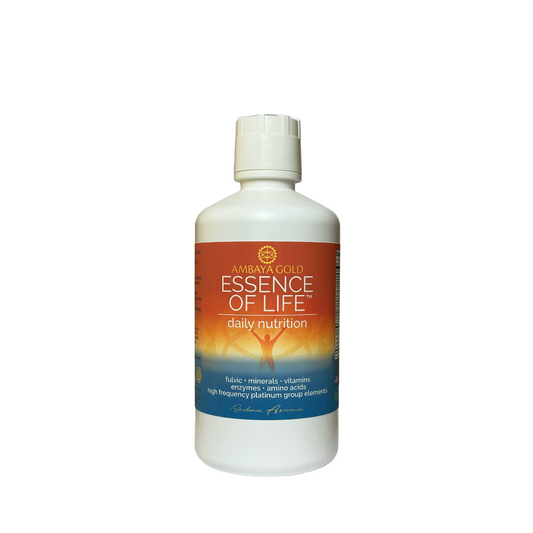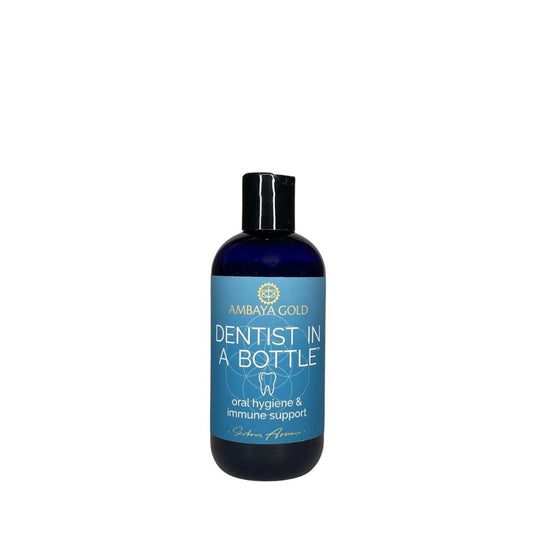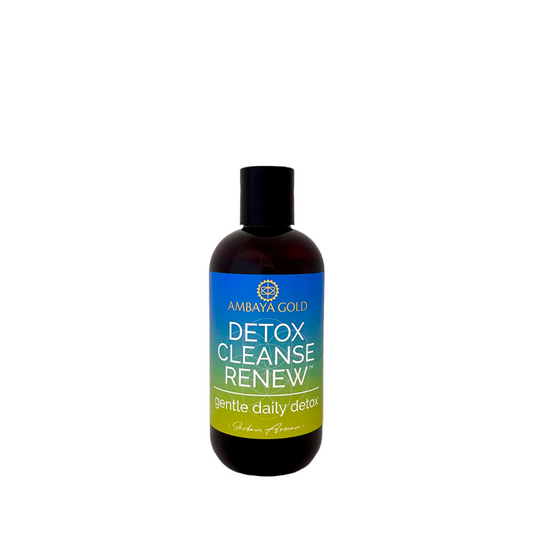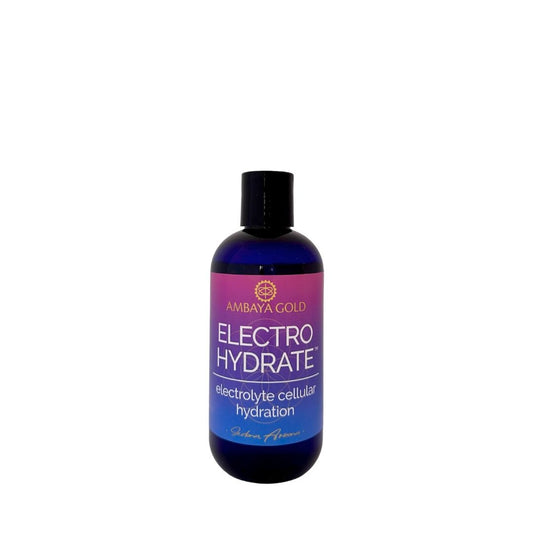In recent years, the natural health community has seen a surge in interest around a powerful substances: shilajit, but what about fulvic acid? These compounds are revered for their potential health benefits, but they also have distinct characteristics and applications. This blog aims to provide a comprehensive overview of fulvic acid and shilajit, highlighting their benefits, drawbacks, and key differences.
What is Fulvic Acid?
Fulvic acid is a type of organic compound derived from humus, the decomposed organic matter in soil. It is a natural compound found in soil, peat, coal, and bodies of water such as streams and lakes. Fulvic acid is most widely known for its ability to enhance nutrient absorption, promote detoxification, and support cellular health.
It is known for its low molecular weight and high solubility in water. It ranges in color from yellow to amber and has a unique composition rich in carbon, hydrogen, oxygen, nitrogen, and trace minerals. Its unique molecular structure allows fulvic acid to interact effectively with minerals and nutrients, enhancing their accessibility and absorption by living organisms. This exceptional ability means fulvic acid can improve the bioavailability of nutrients, both in plants from the soil and in the bloodstream from the food we consume.
Health Benefits of Fulvic Acid

-
Nutrient Absorption: Fulvic acid can improve the absorption of nutrients by
increasing the permeability of cell membranes, allowing for better uptake of vitamins, minerals, and other essential nutrients.
-
Detoxification: It helps in chelating heavy metals and toxins, facilitating their removal from the body.
-
Antioxidant Properties: Fulvic acid has potent antioxidant properties, protecting cells from oxidative stress and damage.
-
Energy Production: It supports mitochondrial function, thereby enhancing energy production at the cellular level.
Potential Drawbacks of Fulvic Acid
-
Contaminants: Poor quality fulvic acid supplements may contain contaminants due to improper extraction and processing. This means using chemical solvents, hight heat, or low-grade water in the extraction process.
-
Regulation and Standardization: The supplement industry lacks stringent regulations, so the quality and concentration of fulvic acid can vary widely between products. It's important to buy from a company with transparency, who are lab tested, and certified.
What is Shilajit?
Shilajit is a sticky, tar-like substance found primarily in the rocks of the Himalayas, Altai, and other mountain ranges. It is formed over centuries from the gradual decomposition of certain plants by microorganisms. Shilajit contains fulvic acid as well as numerous minerals, making it a potent natural remedy in traditional Ayurvedic medicine.
Health Benefits of Shilajit

-
Energy and Vitality: Shilajit is known to boost energy and reduce fatigue, thanks to its high fulvic acid content and other bioactive compounds.
-
Cognitive Function: It may enhance cognitive function and support brain health by improving mitochondrial function and providing essential nutrients.
-
Anti-Inflammatory Properties: Shilajit has anti-inflammatory effects.
-
Mineral Supplementation: It provides a wide range of essential minerals, including iron, magnesium, calcium, and potassium.
Potential Drawbacks of Shilajit
-
Purity and Authenticity: Authentic shilajit is rare and often expensive. There are many counterfeit products on the market that do not provide the same benefits.
-
Heavy Metals: Shilajit can be contaminated with heavy metals if not properly sourced and processed. It is often found in the Himalayas, Tibetan Plateau, mountains of the Arabian Peninsula, Iran, and Mongolia. It must be noted that these countries have different rules and regulations than the United States for quality control.

Key Differences Between Fulvic Acid and Shilajit
-
Source: Fulvic acid is derived from organic matter in soil, while shilajit is a mineral-rich substance found in mountain rocks.
-
Composition: Shilajit contains fulvic acid but also includes a variety of minerals and other bioactive compounds, whereas fulvic acid supplements focus primarily on the acid itself.
Both fulvic acid and shilajit are rich in fulvic acid and contain a significant amount of essential trace minerals. They are highly bioavailable, easily absorbing into the bloodstream.
Overall, here are some key differences between the two:
-
Concentration of Fulvic Acid: Shilajit has naturally occurring fulvic acid, but it can vary in concentration compared to fulvic acid which will have a higher concentration.
-
Taste and Versatility: Fulvic acid is very mild in taste, making it easier to incorporate into one's diet. Shilajit has a strong taste.
-
Additional Bioactive Compounds: Shilajit contains other bioactive compounds like humic acid, amino acids, polyphenols, and antioxidants such as dibenzo-a-pyrones.
-
Quality and Contamination: The quality of shilajit can vary significantly depending on its source and manufacturing process. It also has a higher potential for contamination if not properly lab-tested by the manufacturer.
-
Trace Mineral Profile: The exact trace mineral profile may differ between the two supplements to some extent.
Both fulvic acid and shilajit offer unique health benefits and can be valuable additions to a wellness regimen. However, it is crucial to choose high-quality, contaminant-free products and consult with a healthcare professional before starting any new supplement, especially if you have underlying health conditions or are taking other medications.









